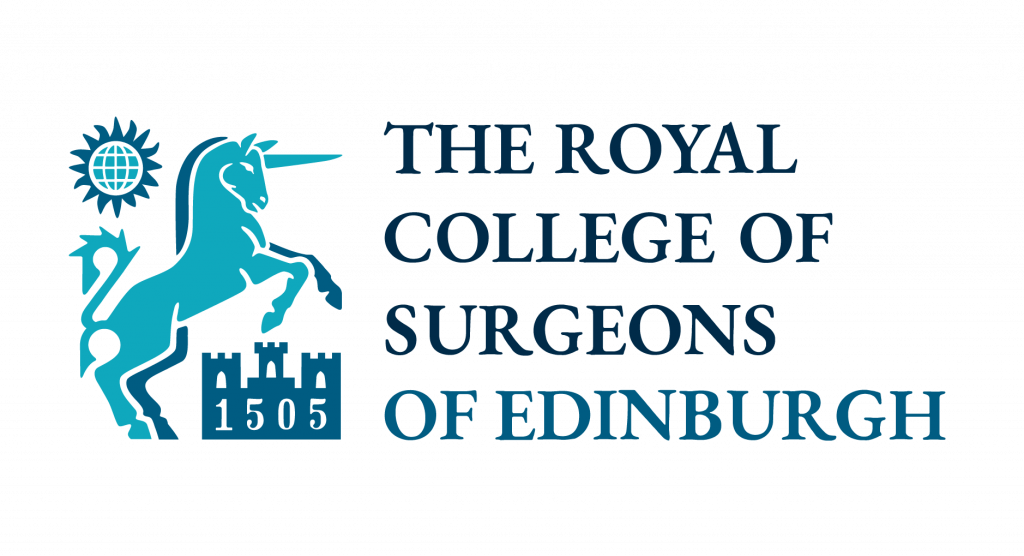Twitter offers the opportunity to engage with like-minded individuals on subjects of interest establishing national and international professional networks. Discussion of current health policies helps facilitate public engagement further strengthening the professional relationship between doctor and patient.
Establish your profile
- This is your Twitter first impression and should reflect your professional identity and personality, including images and links.
- Your bio should showcase you as an individual in the small character limit available on twitter.
Follow accounts and people of interest to you
- Following others is the fastest way to grow your own followers.
- National organisations like @STARSurgUK and @ASiTofficial are a good place to start. In addition, journals and current leaders in areas of interest are also beneficial.
- Frequently engage in twitter chats, retweet other academics, watch for trending topics, utilise popular and relevant hashtags.
Promote your twitter handle
- Include your twitter handle on all presentations, email signatures and other pieces of work.
- Promote it when you’re offline, at conferences, on placement, in theatre!
Promote your work
- Twitter is a great place to showcase your academic work to the twitter community. Tweet out links to your papers, or provide photos of your presentations. The more your research grows, the more your followers will!
- Use Twitter as a platform for receiving constructive feedback and developing new ideas.
Maximise visuals
- A visual element is always eye catching, refreshing and ensures maximum engagement.
- The now popular visual abstract was pioneered on Twitter. #visualabstract
Professionalism is paramount
- View your twitter account as an extension of your professional identity, communicating as you would in a hospital environment.
- The GMC’s Good Medical Practice also applies to social media with particular attention given to; treating colleagues fairly and with respect; maintaining confidentiality; and maintaining professional boundaries between yourself and patients.

By Samuel Brown | @Mr_Samuel_Brown
This article first appeared in our Autumn 2020 Newsletter. Click here to read the rest of it!


